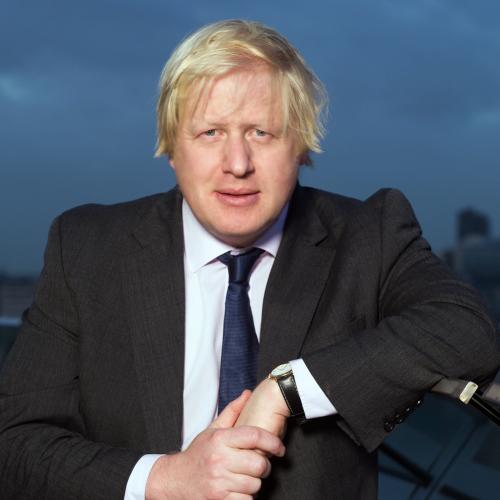The comments made by Boris Johnson in his book “The Spirit of London”.
When Transport for London announced in 2005 that they were finally going to banish the Routemaster buses, a great cry of lamentation went up over the city. It was as though the ravens were to be evicted from the Tower. Newspaper petitions were got up, learned pamphlets were written in defence of a machine that was already pretty ancient.
The last Routemaster had left the Chiswick production line in 1968, and those still left on the streets throbbed and heaved through the traffic like wounded battle elephants. They had no air-conditioning, and Brussels had condemned the bus as an insult to contemporary health and safety standards.
But they were loved. They not only stood for London in the twentieth century.
You only had to show a glimpse of one in a film to establish where you were. They were the only splash of colour in the grey of the post-war world, and they kept their chic for the next fifty years, and for one fundamental reason. They were the last bus on London’s streets to be built by Londoners, for Londoners, in London, and with specific regard to the needs of London passengers.
The Routemaster story began in 1947, the year Britain was also meditating such popular revolutions as the NHS. Wartime bus production in Chiswick had been given over to the manufacture of Handley Page Halifax bombers, and memos began to circulate wondering whether there was anything that could be learned from that experience. It was decided that there was. In fact it was decided, in a rare post-war burst of confidence, that London Transport was going to use everything they had learned over the years about buses and their passengers to create a masterbus. It took years of research, design and planning – indeed it took the Russians less long to put Sputnik in space – but by 1956 the bus was ready. They copied the riveted aluminium fuselage of the wartime planes to create a bus that could be assembled and taken apart like Lego.
There was a special new cubby hole where the conductor could stand, out of the way of passengers hopping on and off via the open platform. It had a heating system – a big advance for the times; the wheels had their own independent suspension; and there was a fully automatic gearbox for a smoother ride. Mainly, though, it was a masterpiece of urban design.
…………..
Buses were in increasing competition with private cars, whose numbers doubled in London between 1945 and 1960. The trolley buses – clean and green and popular – were (sadly) taken off the streets to make way for the car; and the Routemaster was meant to be the replacement for the trolley buses.
It was a great success. They built 2,875 of them between 1954 and 1968, and there were so many vacancies for crew that London Transport actively recruited for drivers and conductors in Barbados, Jamaica and Trinidad. Yes, the Routemaster bus played a part in the Caribbean immigration that was to transform and diversify London. On they chugged through the 1970s and 1980s, and even if there were only 600 left by the 1990s, they were still landmarks of the city, each of them, as Travis Elborough has put it, a burly red diesel-powered Beefeater that stood for London.
If there was one thing that doomed them to their final execution in 2005, it was the government’s fatal 1960s decision to pour money into British Leyland buses – in the hope of keeping that doomed business alive – instead of investing in the development of London’s own bus.
The result is that the machines on the streets today have lorry engines and lorry gearboxes, and would be frankly more suited to carrying 32 tonnes of gravel than a complement of passengers. It is therefore only fitting that the New Bus For London has been designed as a bus for the streets of the city, with clean, green technology; and it restores the Routemaster’s hop-on hop-off platform that was so essential to its appeal.
